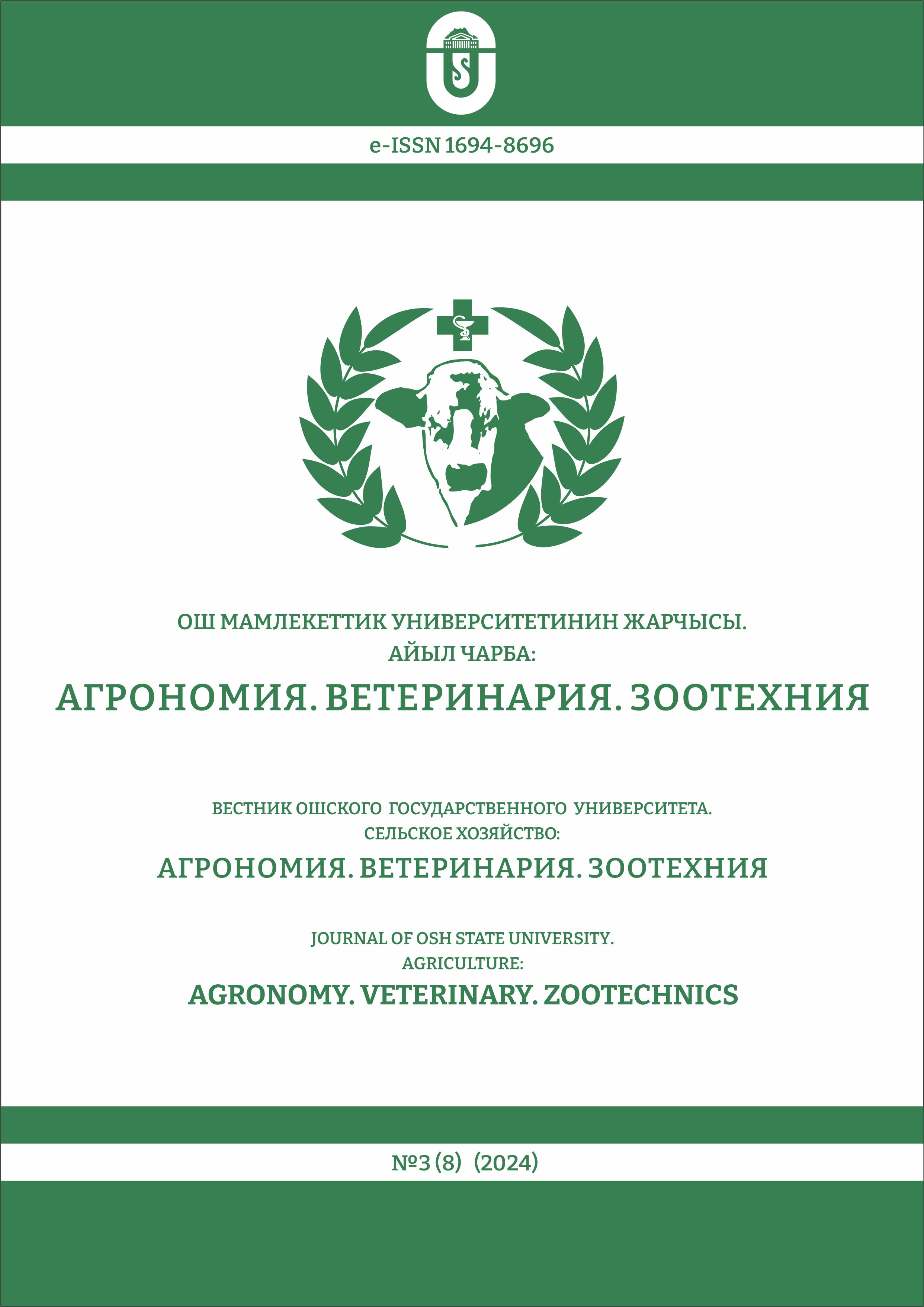ENVIRONMENTALLY ACCEPTABLE NORMS OF MAN-MADE LOADS ON IRRIGATED LANDS DURING WASTEWATER DISPOSAL
DOI:
https://doi.org/10.52754/16948696_2024_3(8)_01Keywords:
wastewater, drainage, irrigation, water resourcesAbstract
Nature management in a broad sense is considered as a combination of various forms of exploitation of the natural resource potential of natural and natural-man-made systems and measures to preserve it. Its most important component is the preservation, reproduction and rational change of the ecological balance of natural systems. It is from these positions that it seems necessary to determine environmentally acceptable norms of man-made loads on irrigated lands during the disposal of wastewater, widely used in the practice of water supply and sanitation. The use of wastewater from industrial and municipal facilities for irrigation of land is of fundamental importance from both ecological and economic positions. From an ecological point of view, the use of wastewater for irrigation of agricultural crops, in the presence and creation of waste-free and safe technologies for their disposal in irrigation fields, can serve as the basis for rational nature management, since at the same time the ecological sustainability of landscapes is ensured, which in turn makes possible the long-term exploitation of natural resources without their pollution and degradation. From an economic point of view, by creating agricultural landscapes in unproductive lands, using wastewater from industrial and municipal facilities, it is possible to ensure the production of a certain amount of agricultural products, provided that the damage caused to the natural system (S) will be less than the profit (S). Under these conditions, the object of wastewater disposal is the soil, which requires the need to determine a number of environmentally effective ways to optimize the soil-forming process, which would create, in an agroecological and economic sense, a perfect technology for their disposal, taking into account the laws of nature.
References
Popov A.N. Conceptual and strategic principles of protection of water bodies. //Land reclamation and water management, 1999. - №6. - p. 30-33;
Mustafayev Zh.S. Soil and ecological justification of agricultural land reclamation in Kazakhstan. - Almaty, 1997. - 358 p.;
Musayev A.I. Akzhanov A.A. Agricultural use of wastewater (textbook). - Tashkent, 1988. – 82 p.;
Baymanov Zh.N. Байманов Ж.Н. The technology of using wastewater for irrigation and washing of saline soils in the lower reaches of the Syrdarya River: Abstract of the dissertation of the Candidate of Technical Sciences - Kyzylorda, 1998. - 21 p.;
Mustafayev Zh.S., Sagayev A.A., Umirzakov S.I., Akhmetov N.H., Shegenbayev A.T., Kalmanova G. Ecological substantiation of technological principles of washing saline soils // Science and education of southern Kazakhstan. - Shymkent, 2001. - №26.- P. 89-92;
Mustafayev Zh.S., Sarsenova D.Sh., Daurenbekov M.K. Methodology of substantiation of soil and ecological norms of irrigation of agricultural crops //Problems of agro-industrial complex ecology and environmental protection.- Almaty, 1997- p. 192-194;
Ecological foundations of agricultural wastewater use (recommendations).- Almaty, 1994. - 25 p.;
Senchukov G.A., Dudnikova L.G., Bonderenko O.E., Markov Yu.A. Methodology of substantiation of ecological norms of water demand of agricultural lands //Melioration and water management, 1995. - №6. – P. 32-33.;
Mustafayev Zh.S., Sadykov S.S. Hydrothermal regime of irrigated lands (Analytical review). - Zhambyl, 1996,. - 76 p.;
Shegenbayev A.T. and other. Water management measures // The agricultural production system of the Kyzylorda region. – Almaty: Publishing House "Bastau" LLP, 2002. - P. 385-399.
Downloads
Published
How to Cite
Issue
Section
License
Copyright (c) 2024 Бауыржан Отарбаев, Сабиржан Исаев, Алламурат Ходжасов, Нилуфархан Султанова, Рахима Муратова

This work is licensed under a Creative Commons Attribution-NonCommercial 4.0 International License.


